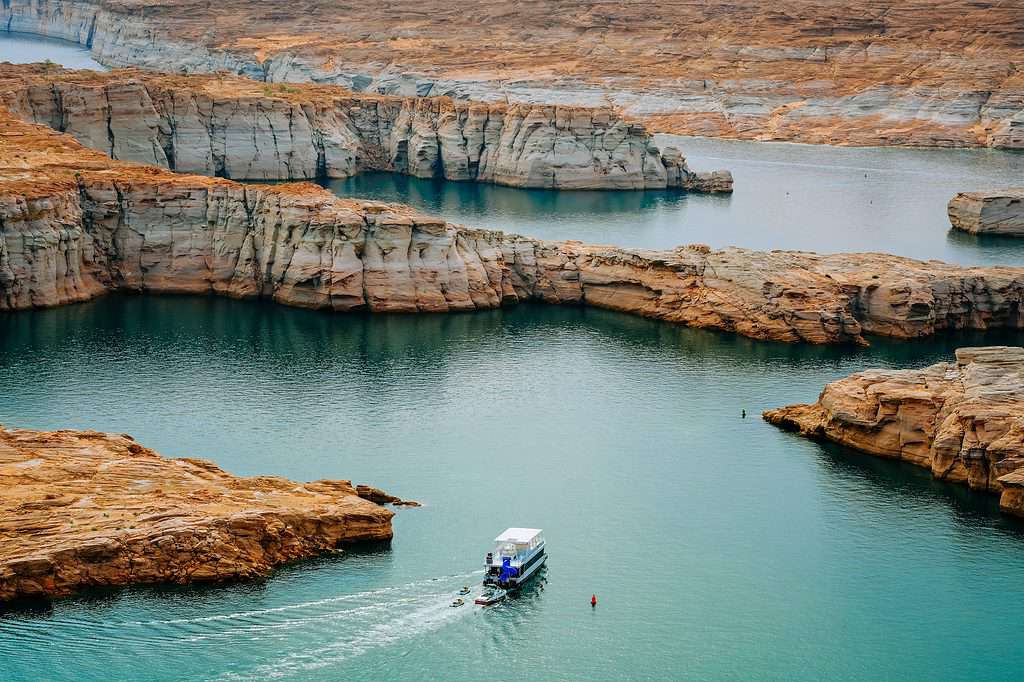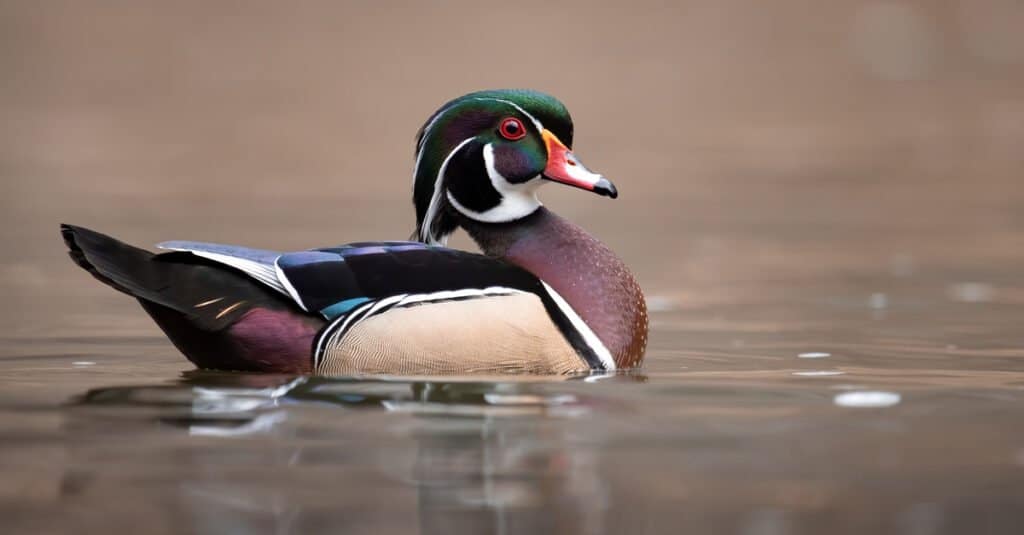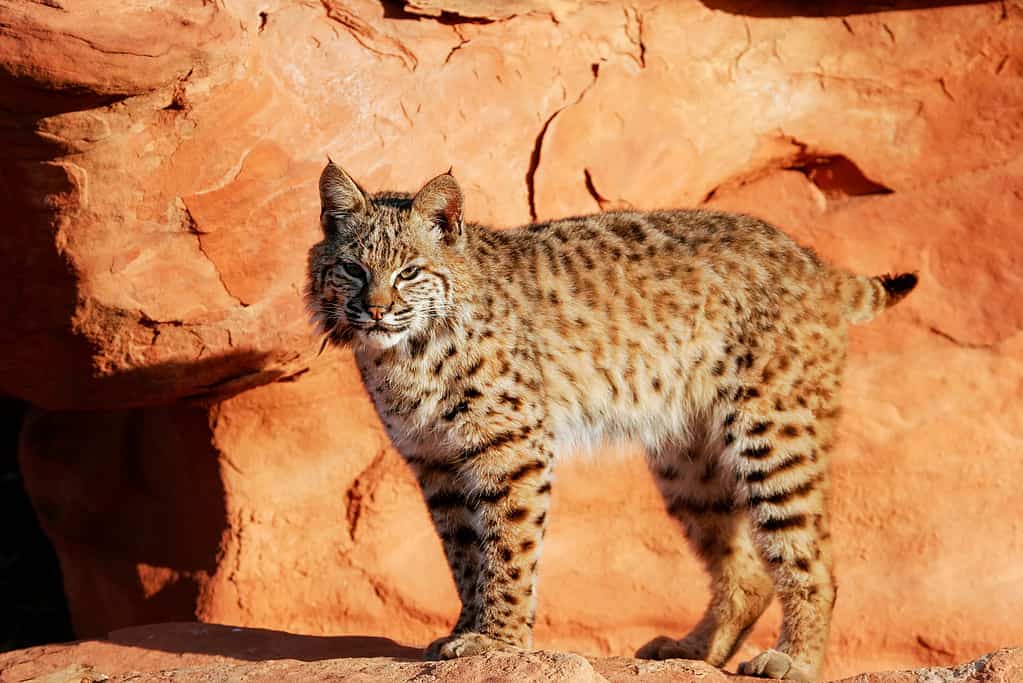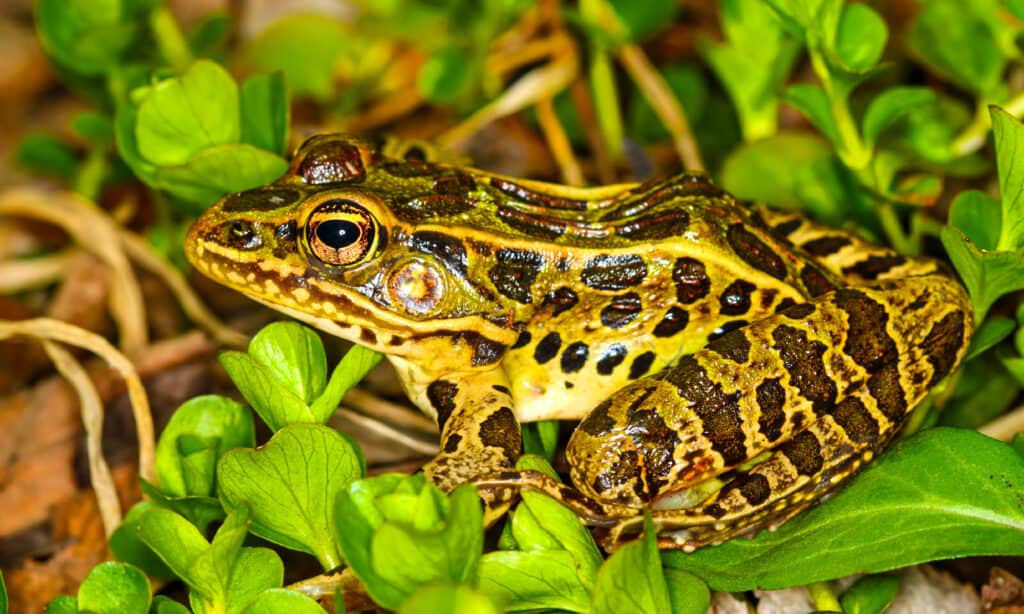Utah has over 2,000 lakes and over 89,000 miles of streams flowing throughout its state. Out of those, only a handful are man-made through unnatural means. One of the oldest man-made lakes in Utah is Lake Powell. Nearly 70 years ago, Lake Powell was made by flowing water into the stream from the Glen Canyon Dam. Nevertheless, let’s dive deeper into its history and discover more about the oldest man-made lake in Utah.
A Storage For Excess Waters: The Birth of Lake Powell

The construction of the Glen Canyon Dam in 1964 started the creation of Lake Powell. In the early 1950s, the United States Bureau of Reclamation decided to create dams across the Colorado River that crossed the states of Utah, Colorado, and Arizona. Utah’s placement, the Glen Canyon Dam, was created to help funnel water from the Colorado River into the Glen Canyon Dam. Whereas the Glen Canyon Dam was crafted to include downstream deliveries, which resulted in the creation of Lake Powell.
Then, on September 13, 1963, the Colorado River got backed up, and excess water began to leak. To help funnel the excess water, the Glen Canyon was formed into Lake Powell. At any rate, it took nearly 16 years before the lake was filled on June 22, 1980.
The Naming of Lake Powell

Lake Powell is the largest reservoir in the entire state of Utah.
©HannaTor/Shutterstock.com
John Wesley Powell was an explorer and Civil War veteran who launched an expedition in Utah. He was the first to float down the Colorado River during his explorations. Then, in 1869, he arrived at the location of the Powell River and Glen Canyon through his expeditions.
At the time, there was no river. In any case, it was later decided by The United States Bureau of Reclamation that water should be moved from the Colorado River. Hence, the river was named after John Wesley “Powell,” after the first person to discover the area.
Wildlife Surrdouning Lake Powell
From desert plateau mammals to aquatic life, Lake Powell has many kinds of animals that thrive in a hot environment. The Glen Canyon National Recreation Area and Rainbow Bridge National Monument surround the lake, and there are a handful of active animals that can be spotted. Below, we’ll discuss a few of the animals inside and around Lake Powell.
Winged Friends Residing Lake Powell

Lake Powell is home to many birds, including dabbling ducks of all kinds.
©Harry Collins Photography/Shutterstock.com
In truth, the Glen Canyon is a popular location for birds, as nearly 300 species live or migrate through the area. Some aquatic birds documented at Lake Powell include dabbling ducks such as the red-breasted merganser (Mergus serrator) and the wood duck (Aix sponsa). Other bird species found above the lake include ospreys, herons, falcons, and condors.
Most Active Mammals Around Lake Powell

Apex predators that are well adapted to the heat hunt other mammals around Lake Powell.
©Don Mammoser/Shutterstock.com
For mammals, the most commonly found are bighorn sheep (Ovis canadensis) and mule deer (Odocoileus hemionus). Furthermore, with mountainous regions surrounding the lake, there are mountain lions (Puma concolor), bobcats (Lynx rufus), and coyotes (Canis latrans). Common smaller mammals are deer mice (Peromyscus maniculatus), black-tailed jackrabbits (Lepus californicus), and the Ord’s kangaroo rat (Dipodomys ordii).
Fish, Reptiles, and Amphibians Found at Lake Powell

Small animals, such as amphibians, reptiles, and fish, also flourish around the banks and inside of Lake Powell.
©Jason Patrick Ross/Shutterstock.com
Aquatic life spans from apex predators to baitfish, as the surrounding waters provide a perfect home in a desert climate. In fact, anglers worldwide are attracted to the many fish that live inside the lake. Regardless, the striped and largemouth bass (Micropterus salmoides) are the two most commonly caught and can grow to 20 pounds. In addition, catfish (Siluriformes) and bluegill (Lepomis macrochirus) are highly prized sport fish.
Amphibians, such as the plains spadefoot (Spea bombifrons), canyon treefrog (Hyla arenicolor), and northern leopard frog (Rana pipiens) are all heat-adapted to survive in the Colorado Plateau. Their skins are moist and can manage temperatures using external sources to help them survive. While hard to spot, you will definitely hear them through their calls.
The canyon is no stranger to a handful of reptiles, especially surrounding Lake Powell. Still, commonly spotted reptiles include the striped whipsnake (Masticophis taeniatus), the desert spiny lizard (Sceloporus magister), and the chuckwalla (Sauromalus obesus).
Where Is Lake Powell Located on a Map?
Lake Powell sits between northern Arizona and stretches into southern Utah. The lake is a part of the Colorado River and is located in the Glen Canyon National Recreation Area. Undeniably, you can expect to find Lake Powell here:
The photo featured at the top of this post is © HannaTor/Shutterstock.com
Thank you for reading! Have some feedback for us? Contact the AZ Animals editorial team.







